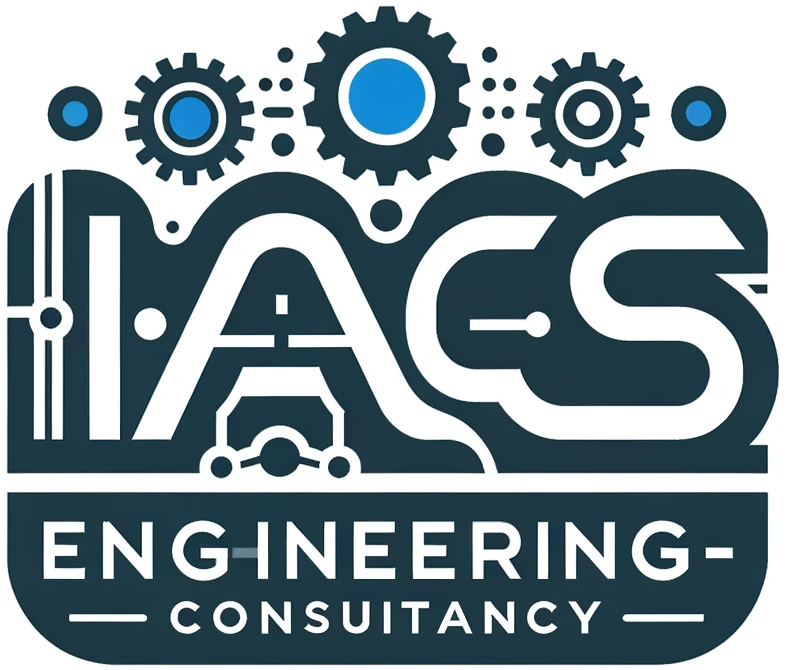The Automation Pyramid Model is a hierarchical visualization tool used in industrial automation to depict the different levels of control and monitoring within a production process. It represents a structured approach to integrating various automation technologies for efficient and coordinated operation.
Structure of Automation Pyramid:
The pyramid is typically divided into five levels, each representing a specific function or set of technologies:
Level 5: Enterprise Management (ERP):
- This is the topmost level, encompassing the company’s Enterprise Resource Planning (ERP) system. The ERP system integrates data from all levels of the pyramid, providing a holistic view of production, inventory, finances, and other enterprise functions.
Level 4: Manufacturing Operations Management (MOM/MES):
- This level focuses on managing and optimizing production activities within a specific plant or facility. Manufacturing Operations Management (MOM) or Manufacturing Execution Systems (MES) handle tasks like scheduling production runs, monitoring equipment performance, and tracking resource utilization.
Level 3: Supervisory Control and Data Acquisition (SCADA):
- This level deals with supervisory control and data acquisition. SCADA systems collect real-time data from sensors and controllers located on the factory floor. They monitor and visualize this data, allowing operators to make informed decisions and control the overall process flow.
Level 2: Control Layer (PLC):
- This level houses Programmable Logic Controllers (PLCs) which are the workhorses of industrial automation. PLCs receive sensor data, execute control logic based on pre-programmed instructions, and send control signals to actuators (e.g., motors, valves) to manipulate physical processes.
Level 1: Field Level (Sensors & Actuators):
- This is the bottommost level, consisting of physical devices located on the factory floor. Sensors gather real-time data about various process parameters (e.g., temperature, pressure, flow rate). Actuators receive control signals from PLCs and physically influence the production process by manipulating valves, motors, or other equipment.
Communication and Data Flow:
- Information flows upward through the pyramid, with lower levels providing raw data to higher levels for processing, visualization, and decision-making.
- Commands flow downward, with higher levels sending control instructions to lower levels to regulate the physical processes.
